Goan Food: Basic Overview
Common Ingredients
Common Cooking Methods
Courses
Meals
Key Taste
Eating Etiquette
Meal Presentation
Culinary Festivals
Influence and Fusion
Popular Types of Goan Food
-
Curries
In Goan cuisine, curries are vibrant and flavorful dishes characterized by their thick, spicy, and often tangy sauce made from a blend of local spices.
These curries typically feature seafood, meat, or vegetables.
-
Stews
Goan stews are hearty, comforting dishes that combine meat or vegetables with a rich, spiced broth, embodying the fusion of Indo-Portuguese culinary traditions.
The slow cooking process allows the flavors to infuse the ingredients deeply, creating a flavorful and aromatic dish.
-
Grilled Dishes
Grilled dishes in Goan cuisine showcase the simple yet exquisite method of cooking seafood, meat, or vegetables over an open flame, emphasizing the freshness of the ingredients.
Marinated with a mix of local spices and sometimes vinegar, these dishes are celebrated for their smoky flavor and the unique blend of spices.
Goan dishes are food creations originating from Goa, India, and are known for their diverse use of ingredients such as seafood, coconut, rice, and spices, with fish being a staple element.
Besides being influenced by overall Indian delights, Goan cuisine is also influenced by Konkani traditions and centuries of Portuguese and Sultanate rule, dishes feature a variety of fish like kingfish and mackerel, and shellfish, including crabs and prawns.
Unique for its use of kokum and vinegar, particularly toddy vinegar from coconut sap, it also incorporates Portuguese-introduced ingredients like cashews and tomatoes, with chilies playing a central role.
Hindu Goan cuisine is largely pescetarian and uses mild flavors with tamarind and kokum, while Goan Catholic cuisine is marked by Portuguese influences, using vinegar prominently.
To add to that, you should take a look at some of cuisine types available in the Goa region of India to learn more about the region’s food.
22 Popular Goan Dishes
Before jumping straight into the Goan dishes, it’s best to go through the filter system that covers the dishes in alphabetical order, dish types, tastes, ingredients, cooking methods, and global distribution.
Plus, there are some intriguing Goa specialties based on the most popular, traditional, and street food categories:
Chicken Cafreal
- Traditional
Chicken cafreal, aka Frango à cafreal, is a famous Goan dish with Portuguese origins. This spicy and flavorful chicken dish is known for its vibrant green color, which comes from the use of fresh coriander (cilantro) leaves in its marinade.
Its “Cafreal” name came from the word “Cafre”, which was a designation of the people of Cafraria, a region in Southern Africa.
The marinated chicken is then pan-fried, grilled, or roasted, resulting in a dish with a delightfully crispy exterior and juicy, tender meat. You can enjoy this treat with a side of Goan-style bread like poi or pav.
Xacuti
- Traditional
Xacuti is a curry specialty of the state of Goa, combining proteins of chicken, lamb, beef, or seafood with potatoes, coconut, chilies, and various spices. The dish’s unique taste also comes from the red chilies.
This famous recipe originated in Harmal in Pernem Taluka of Goa when fishermen created a sauce with turmeric, nutmeg, poppy seeds, fennel seeds, and cinnamon to eat with fresh chicken and fish.
Vindaloo
- Traditional
Vindaloo, or vindalho, is a famous curry recipe in Goa that is prized in the Catholic community. Its origin is based on a Portuguese delicacy named Carne de Vinha D’alhos.
Besides pork, vinegar, chili peppers, and other spices (like cumin, cinnamon, cloves, etc) are important components to nail its taste and reddish-brown color.
Moreover, natives in Goa have replaced wine in the Portuguese original dish with palm vinegar to make vindaloo. In case pork is not available, protein options like beef, mutton, chicken, lamb, vegetables, tofu, and prawns are suitable substitutions.
Feijoada
- Traditional
Feijoada is a hearty stew in Goan cuisine and is a delicious adaptation of the traditional Portuguese recipe.
However, unlike the traditional feijoada, which typically features an assortment of meats like pork, sausages, and beef, the Goan version often incorporates pork and pork sausage as the main protein.
Goa’s feijoada also stands out for its use of regional spices and flavors, such as cloves, garlic, ginger, and black peppercorns. Thus, the dish has a rich, smoky, and slightly tangy flavor, with a thick, stew-like consistency.
Sorpotel
- Traditional
Sarapatel is a dish adopted in Goa, coming from Portugal’s Alentejo region. In Goa, this flavorful and spicy dish is often prepared during special occasions and festive celebrations, like Christmas.
Usually, sorpotel involves cooking diced pork, liver, and sometimes other offal, even blood. Similar to other Goan stews, spices are key additions, featuring dried red chili, cumin, and peppercorns for a spicy profile.
The appearance of other materials, such as vinegar and sauce, will help enhance its flavor. People often eat Sorpotel with steamed white rice cakes (sanna) and coconut bread in Goa.
Goa Sausage
- Traditional
Goan sausage is a delicacy influenced by Indo-Portuguese cuisine. It was created when people in Goa pickled meat in alcohol, vinegar, and chili, as Goa’s moisture made it difficult to process European-styled sausage.
Often called chorise, the sausage includes pork, vinegar, and a blend of spices such as Kashmiri red chili, providing the sausage with a deep red color.
Chorise sausage has a spicy and tangy flavor that is distinctively Goan. Its rich taste makes it a versatile ingredient, suitable for use in a variety of dishes, such as curries, rice dishes, and even as a filling for bread.
Balchão
- Traditional
Balchão, or balochow, is a type of spicy and tangy curry made with seafood or meat, such as prawns, fish, or pork. It is cooked with a paste of dried shrimp, vinegar, and red chilies, providing a distinctive sour and fiery flavor.
Balchão is a traditional dish that originated from the Portuguese influence in Goa and is similar to a pickle that can be stored for a long time. Locals enjoy balchão with rice, especially during festivals and special occasions.
Goan Fish Curry
- Traditional
Goan fish curry, also known as xitt kodi, is a staple food of Goan cuisine. Usually, a decent-sized pomfret or kingfish and mango are the main ingredients for making this curry.
This incredible recipe is a pride of Goan cuisine, often offered to treat friends and acquaintances. The Goan fish curry has several variations depending on religious and regional influences.
The Hindu version of the dish differs from the Catholic one. Additionally, there are subtle differences between the fish curries of North and South Goa, with each region boasting its unique spin on this beloved dish.
Fish Recheado
- Traditional
Fish recheado is a specialty featuring stuffed mackerels as its star ingredient. The term “recheado” comes from the Portuguese word “recheado,” which means “stuffed.”
The key ingredients in fish recheado include fresh mackerels, which are slit and stuffed with a flavorful and tangy Recheado masala paste. This paste is a combination of red chilies, ginger, cumin, cloves, cinnamon, tamarind, and vinegar, creating a spicy, tangy, and slightly sweet flavor profile.
The dish is typically pan-fried until the fish is crispy on the outside and tender on the inside, resulting in an appealing contrast of textures. To serve fish recheado, it is best to accompany steamed rice, bread, or Goan flatbreads like poi or sannas.
Ambot Tik
- Traditional
Ambot tik is a traditional Goan dish bringing together seafood, usually prawns or fish, in a spicy and sour gravy. The name ambot tik means “sour and spicy” in Konkani, the local language of Goa.
The sourness comes from tamarind or kokum, and the spiciness from red chilies and other spices. Surprisingly, people in the Goa region often use shark fish for this food.
Caldin
- Traditional
Caldin is a mild, coconut-based curry of Goan cuisine, loved for seafood and aromatic spices. Thanks to a wide choice of seafood, such as fish, prawns, or crab, caldin boasts various textures in a fragrant and mildly spiced coconut gravy.
The gravy is prepared using a blend of coconut milk, with turmeric for the color, providing a creamy and slightly sweet taste. To serve caldin, steamed rice is the best choice, along with Goan flatbreads like poi or sannas or crusty bread to dip with the flavorful sauce.
Caldin can be enjoyed as part of a larger Goan meal, alongside other dishes like recheado, xacuti, or balchão.
Crab Xec Xec
- Traditional
Crab xec xec is also known as shek shek, which means “shaking” in Konkani, the local language of Goa. This refers to the way the crabs are cooked in the spicy and sour gravy, which is made by roasting and grinding coconut, onion, ginger, garlic, red chilies, and other spices.
The gravy also contains tamarind, which gives it a sour taste, perfect for accompanying rice or bread. The dish is usually prepared for special occasions, such as festivals or family gatherings.
Samarachi Kodi
- Traditional
Samarachi kodi is a curry that first appeared for the first time in the Northern villages of Goa. This prawn curry recipe has a strong and rich flavor, with its name originating from a circular vessel that had eight small bowls named Samardem for storing spices.
The eight types of spices contained in this vessel were pepper, mustard, cloves, coriander seeds, fenugreek seeds, cinnamon, cumin, and star anise.
It is an indispensable food for Catholic weddings. To make this curry, the chef will use about 21 spices, combining dried mango seeds to bring a gentle sourness to this yummy food.
Bebinca
- Traditional
Bebinca is a Goan dessert cake with many layers created from eggs, flour, coconut milk, and sugar. This sweet treat is influenced by Indo-Portuguese cuisine, and it is known as “the queen of Goan dessert”.
Initially, the layers are the symbol of seven hills in Lisbon and an old city in Goa. This yummy Indian dessert is a favorite choice for Christmas, but you can buy it in Goa at any time of the year.
Kulkuls
- Street Food
- Traditional
Kulkuls, or kidyo is a delightful bite-sized sweet treat in Goa that holds a special place in the hearts of the region’s population during the festive season, especially Christmas.
This dish is made up of maida flour, butter, coconut milk, and eggs. The treat comes with a small shell shape and an eye-catching golden brown hue after being fried in oil or ghee.
Nevri
- Street Food
- Traditional
Nevri, also called karanji, is Goa’s famous dessert of sweet dumplings. The treat is a favorite pick during Diwali and Ganesh Chaturthi festivities.
Its composition includes two separate parts. Flour, semolina, butter, and water will create its dough part, while the inner filling is a combination of grated coconut, poppy seeds, sugar, and cardamom.
Commonly, nevri is available in a half-moon shape, with each version having distinctive fillings, so the flavor varies.
Patoleo
- Traditional
Patoleo is a Goan steamed delight of rice and coconut cake, featuring parboiled rice, freshly grated coconut, and jaggery or sugar. The rice is soaked and then ground to form a smooth paste.
One of the distinguishing features of patoleo is the use of turmeric leaves, which are essential to the dish’s preparation. Plus, the turmeric leaves impart a unique and aromatic flavor to the rice cakes.
Patoleo is typically served warm or at room temperature, with Hindus often cooking it on Nag Panchami, Hartalika, and Shravan’s second Sunday. Surprisingly, the non-salt patoleo version was a gift for Goddess Parvati.
Sannas
- Traditional
Sanna is a type of steamed dumpling consisting of rice and coconut. It is a traditional dish from the Konkan region of India, especially Goa.
These white dumplings are usually eaten with spicy curries or sweet coconut milk. Also known as sannan, sannas, or sanas, the dumplings are for days like Ganesh Chaturthi, Sonsar Pavo, and Makar Sankranti.
Sorak
- Street Food
- Traditional
Sorak is a type of vegetarian curry in Goa that is used to have rice or roti. The dish is made using coconut, onion, tomato, and spices.
The dish is often prepared during the monsoon season when fishing activities take place regularly. Restaurants in Goa often serve sorak with white rice or dry fish.
Khatkhate
- Traditional
Khatkhate is a curry-taste stew in Goa, featuring a diverse range of vegetables. This dish is associated with the Konkani community in Goa, often cooked like a stew using carrots, green beans, potatoes, drumsticks, and coconut paste will fascinate you.
Commonly, the chef will add Kashmiri red chilies to create color and a spicy taste to the stew. People in Goa often make it on special occasions like weddings, pujas, and others.
Varan Bhaat
- Traditional
Varan bhaat is a staple curry in Goan and Maharashtrian cuisine, often playing an essential role in Goan wedding meals. The Hindus also offer this dish to Ganapati on the Ganesh Chaturthi festival.
Mainly consisting of rice and pigeon pea dal (lentils), each region in India offers a new twist to varan bhaat. As for the Goan version, the locals love to add coconut for a touch of sweetness.
Tambdi Bhaji
- Street Food
- Traditional
Tambdi bhaji is a dish in Goa, made using red amaranth leaves. Also known as red spinach, these leaves bring a slightly sweet taste and a soft, tender texture when cooked.
The dish is typically prepared by sautéing the red amaranth leaves with a few basic ingredients like onions, green chilies, garlic, and grated coconut. Tambdi Bhaji is best served as a side dish, accompanying rice, bread, or other Goan delicacies.
What Are the Types of Cuisines in Goa?
In Goa, Goan Hindu and Catholic Hindu cuisines are the main variants that dictate the food in the region. These are the features that you should know:
| Cuisines | Characteristics |
|---|---|
| Goan Hindu Cuisine | Primarily pescetarian and lacto-vegetarian, with a significant emphasis on seafood and vegetables. Mild flavors, utilizing souring agents like tamarind and kokum, and sweetening with jaggery. Common spices include asafoetida, fenugreek, curry leaves, mustard, and urad dal. The cooking medium is usually coconut oil. |
| Goan Catholic Cuisine | Features a variety of meats (especially pork), seafood, and vegetables. Influenced heavily by Portuguese cuisine, with bold and spicy flavors. Vinegar, particularly toddy vinegar made from coconut sap, is a distinctive ingredient. Portuguese introduced ingredients like cashew nuts, pineapples, guavas, potatoes, tomatoes, and chilies are prevalent. |
Make sure to share this post before leaving your thoughts in the comment section. Thanks for your time!


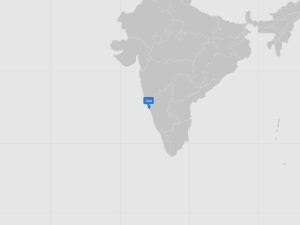
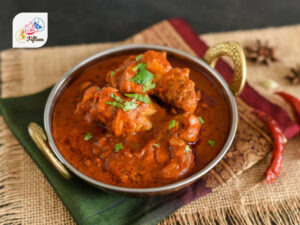
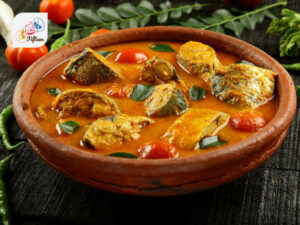
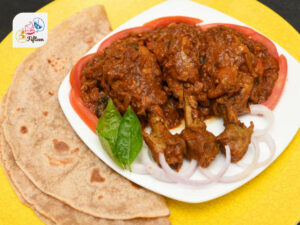
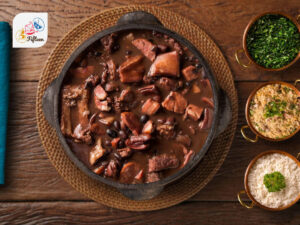
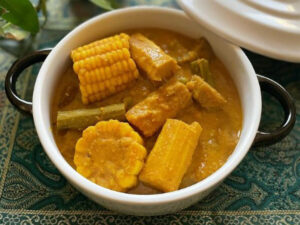
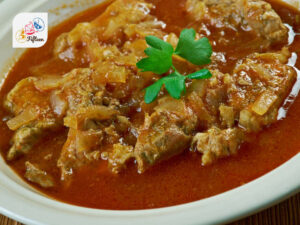
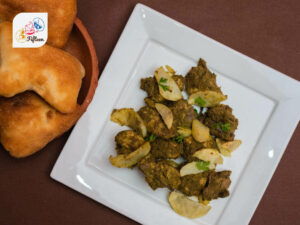
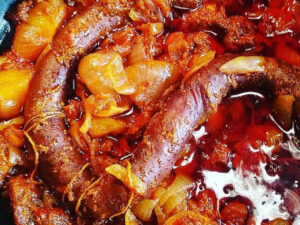
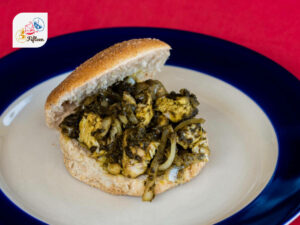
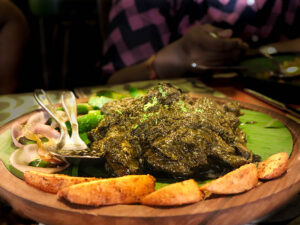
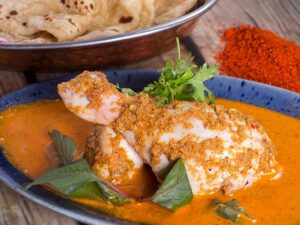
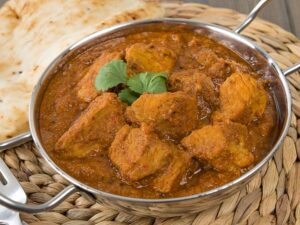
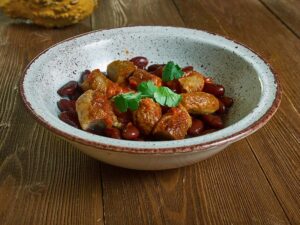
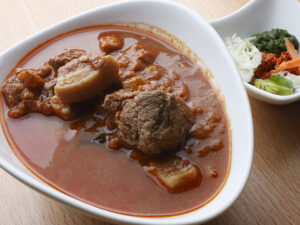
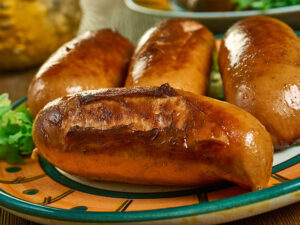
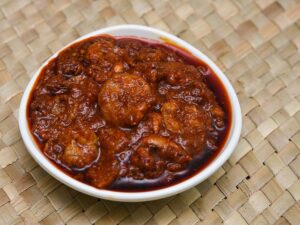
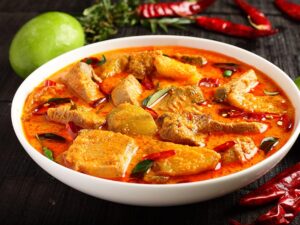
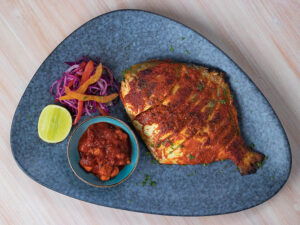
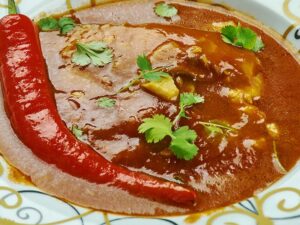
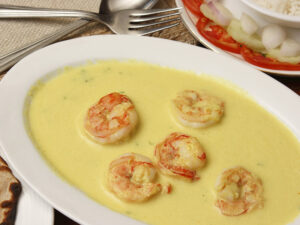
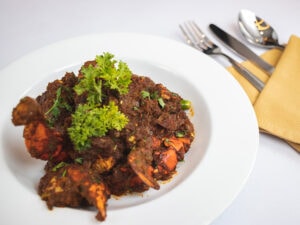
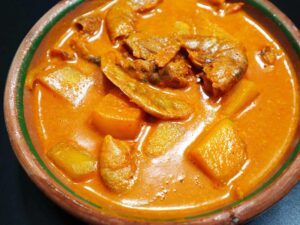
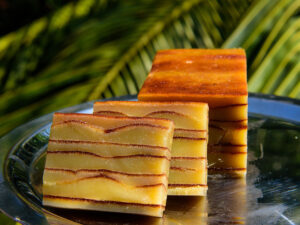
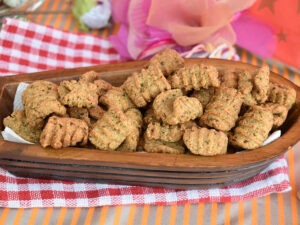
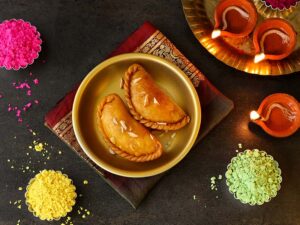
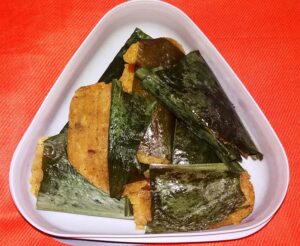
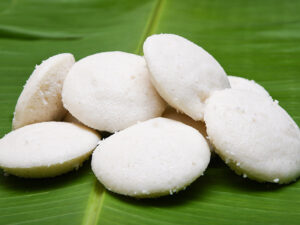
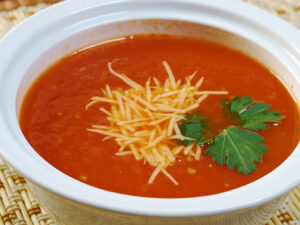
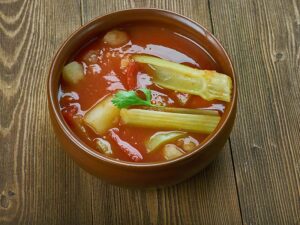
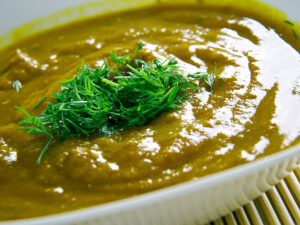
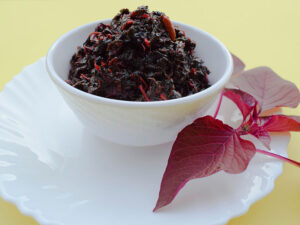
Jamie Scott
Editor in Chief, Senior Content Writer
Expertise
Home Cooking, Meal Planning, Recipe Development, Baking and Pastry, Food Editor, Cooking-video Maker, Western Food Evaluation Expert
Education
Le Cordon Bleu College of Culinary Arts
Local Community College, New York, NY
Jamie Scott is a skilled culinary expert and content creator specializing in Western cuisine. With over 15 years in the culinary field and formal training from Le Cordon Bleu, Paris, Jamie deeply understands how to blend nutrition with delicious flavors. His passion for cooking matches his commitment to making healthy eating accessible and enjoyable.
On Fifteen.net, Jamie brings a fresh perspective to classic dishes and beverages, offering readers insightful recipes, cooking tips, and a fresh view on meal planning that emphasizes taste, health, and simplicity.